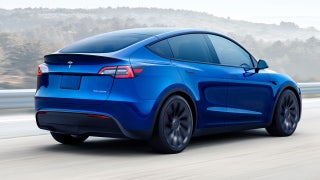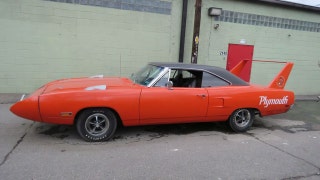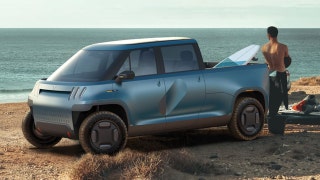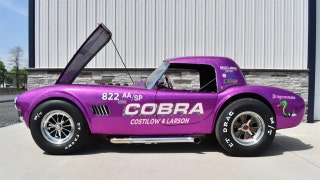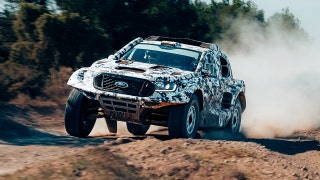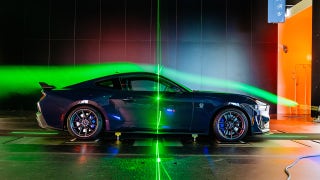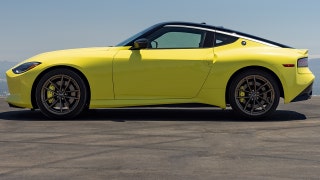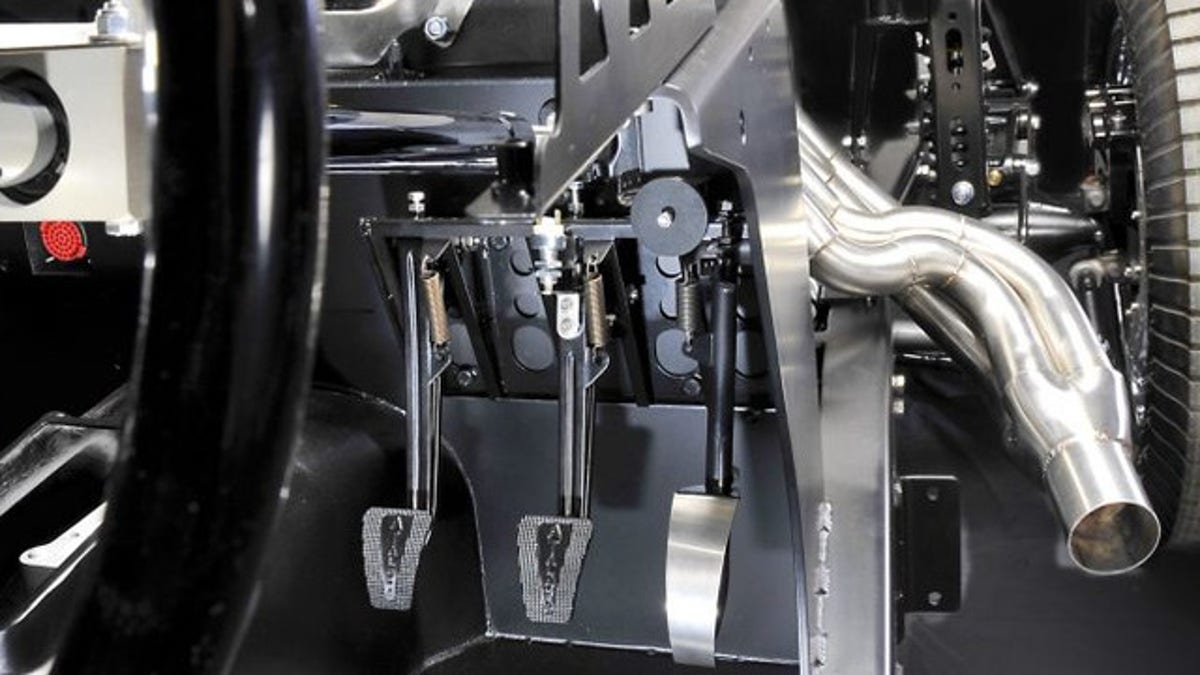
In 2014, Atalanta Motors started building sports cars againafter a 75-year respite.Now the storied British car company offers modernized new cars that stay faithful to the company's heritage. In some respect, Atalanta is repeating what it did in the 1930s.
When Atalanta started building cars, the company amalgamated the latest lightweight materials and automotive technology with what was even then classic design. Then, as now, each Atalanta was handmade to its owner's preferences and requirements. The result was no two Atalantas were alike. Only 22 cars were completed in the 1930s and each is unique. Many owners competed in rallies, hill climbs, sprints, and on race tracks where Atalanta's light weight, handling, and performance lead to many successes.
Atalanta's sportscars are built by commission only and limitedto 10 cars a year. Just as the company did 80 years ago, new Atalanta cars adhere to a classic style while incorporating modern components. To be clear, the new Atalantas are not continuation models, re-creations, or copies of the original cars. The design is the same to the extent that most people would have difficulty differentiating the old from the new.
Carefully chosen new components and technologies enable greater performance, safety, and reliability without taking away from the original vintage style. The new cars are built on an aluminum composite chassis that is light in weight but retains significant rigidity. Modern drivetrains, disc brakes, steering, and suspension components are also used on the new cars.
- Here's a rare chance to buy a brand new, street-legal classic 1950s race car
- Guess who Mitsubishi hired to turn its first production car into a plug-in hybrid
- Jaguar's 2018 F-Type debuts in NY with turbo 4-cylinder, GoPro video recording
- Mercedes Axel Harries on why sharing a $100,000 sedan is the wave of the future
- VW's Italian design arm wants to make some of the world's most exclusive cars
According to the company, more than 85 percent of the parts used in new Atalantas are exclusive. The remaining carefully chosen components are tailored by their sources to Atalanta's design requirements. As in the 1930s, aluminum bodycomponents are shaped over ash coachwork and each car is hand-assembled. In 1937, it used Warner synchromesh overdrive gearboxes. New cars have five-speed manual BorgWarner transmissions.
The steering on the very light cars is unassisted because it is not needed, although the new models do have fully collapsible steering columns. The standard 2.5-liter four-cylinder engine with variable valve timing produces 214 horsepower and 198 pound-feet of torque without turbos or superchargers. You could choose supercharger options in 1937 and you can as well today but the standard motor is naturally aspirated.
Atalanta doesn't build cars on speculation. Once a car is commissioned, the buyer is involved in choosing not only the body and interior colors but also any other changes desired. If you wish, you can bump up the power to the squeaky limits of modern technology or you can work with the studio to redesign the car's body based on the same platform.
New sports cars start at approximately $194,000 ex works, which means you take delivery at the factory. However you configure an Atalanta, you can be assured you will not see the same in the next lane on the highway. For that matter, the odds are infinitely slim of ever seeing another Atalanta anywhere but at car shows, events or the Atalanta factory.
